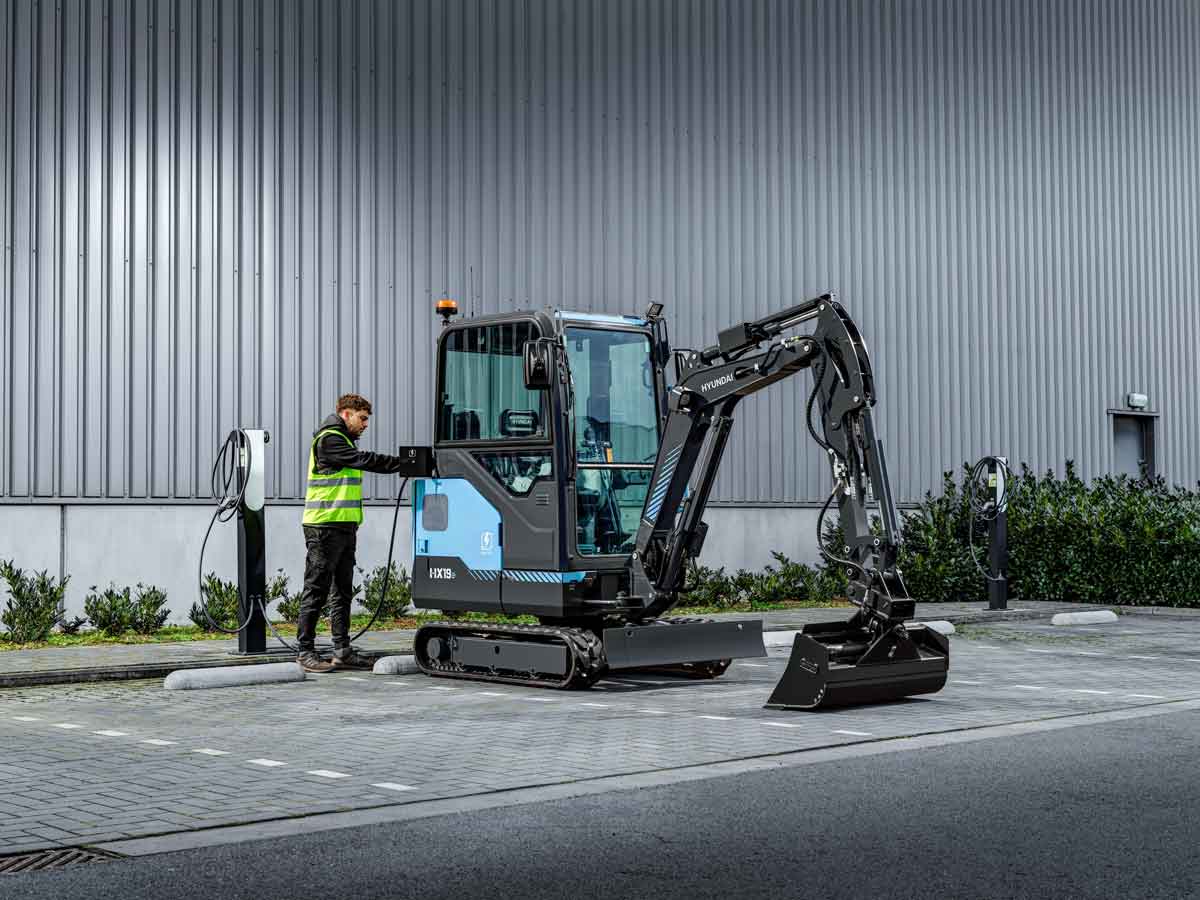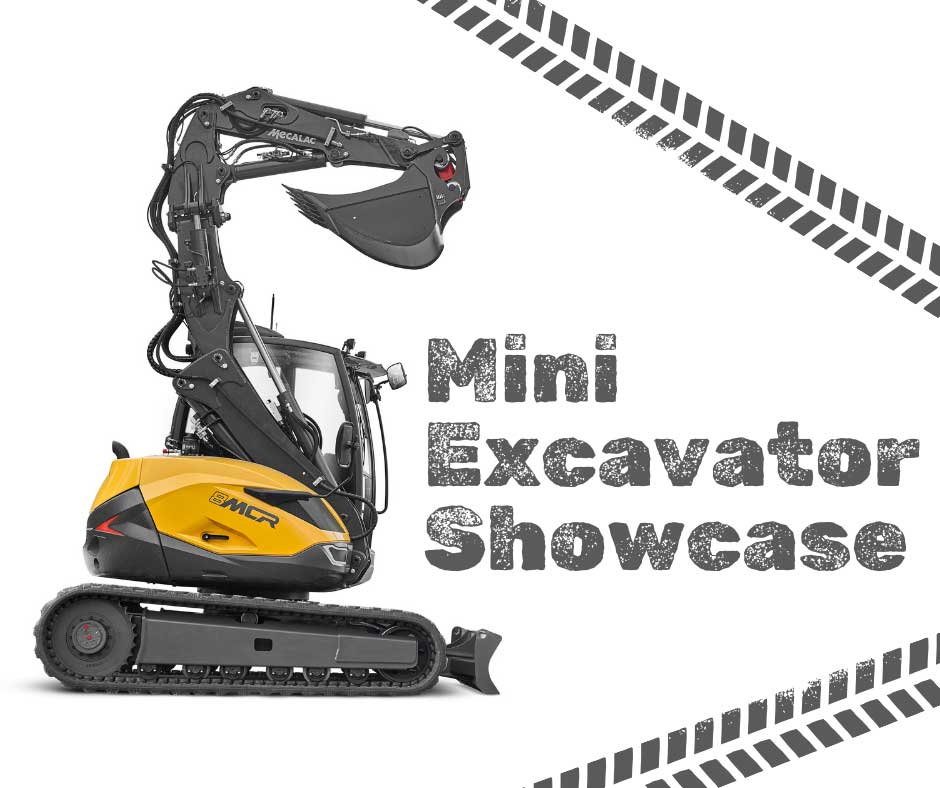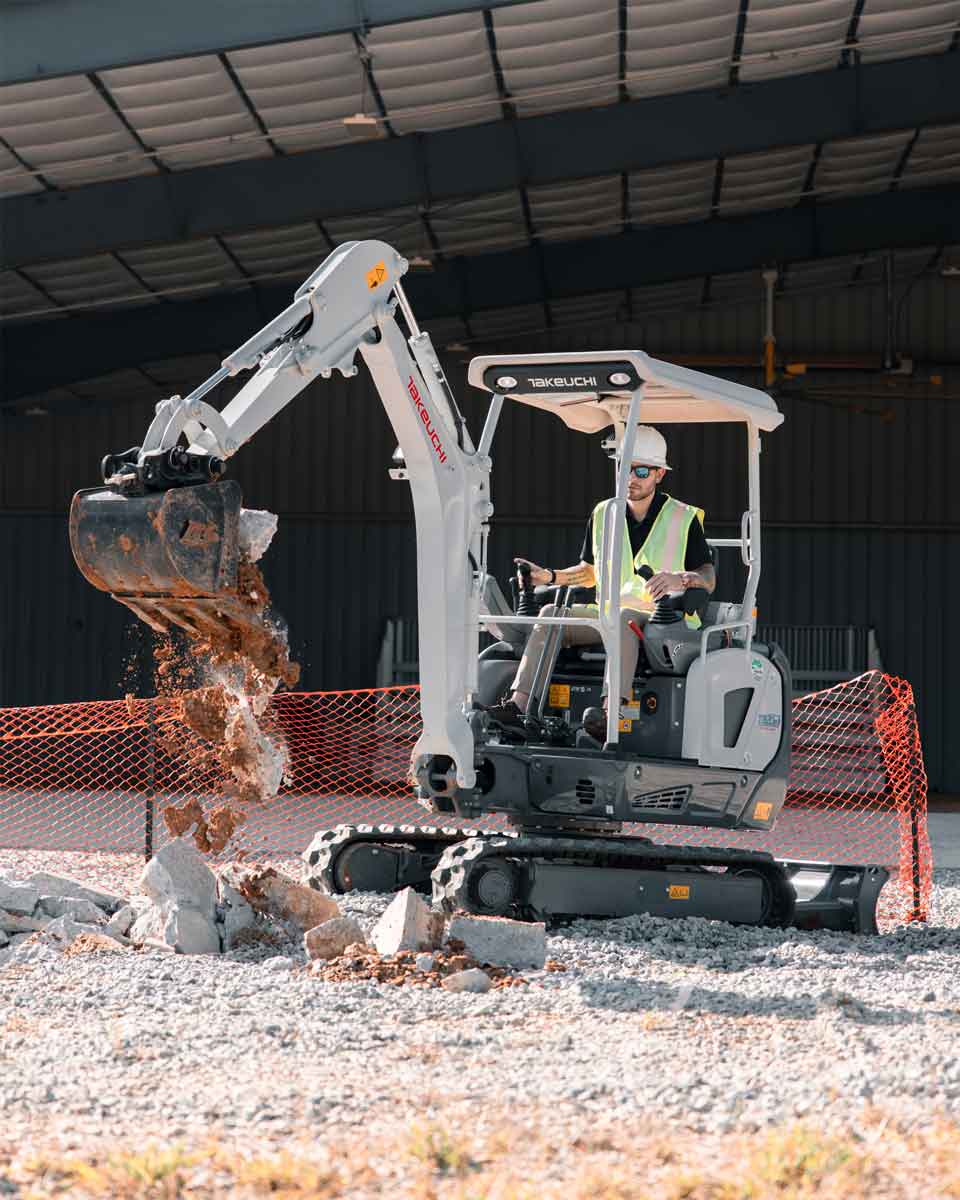Dig These Best Practices for Compact Excavator Operation
Wielding an array of different attachments, compact excavators aren’t just for digging anymore, but how do you make the most of this machine’s versatility on the job? Maximize value and performance by following these best practices for compact excavator operation.
Perform Startup Checks
Engine Oil and Fuel Filter
To get the best performance out of your compact excavator, engine oil needs to be serviced properly and regularly. Check the oil daily to ensure it is at the ideal level and that there are no leaks. Staying up to date on your oil change intervals also plays a crucial role in the overall life and performance of your machine. When it’s time for an oil change, use high grade oil — it may be more expensive, but it is formulated to disperse soot and control sludge to maximize engine life and endure heavy loads and adverse conditions.
In addition to oil, it is extremely important that the fuel filter is checked and changed frequently. If the filter is not changed regularly, it can become clogged and either limit or completely disrupt the flow of fuel to the engine, inhibiting machine performance. When the engine is not receiving a consistent supply of fuel, operators may experience rough idling, engine hesitation and difficult startup.
Track Maintenance
Check track tension daily and make adjustments as needed based on current jobsite conditions. Loose tracks are susceptible to de-tracking and excessive wear, while over-tightening can cause tracks to tear and will put more wear on other system components. Neither situation provides a favorable outcome, and failure to make the proper adjustments can lead to serious track and undercarriage damage. Also, conduct a quick visual inspection to ensure the tracks have no cracks or damage. Clean the tracks of any rocks, soil, mud or other debris that might prevent proper operation and conceal potential service issues.
Attachment Selection and Inspection
The bucket being used needs to be the one that is best suited for the work at hand. A bigger bucket may move more material, but it will also slow the machine down in the process. Similarly, quick-couplers may allow for operators to more easily change buckets, however, digging force will ultimately be sacrificed. Any attachment your compact excavator is using should be lowered to the ground and visually inspected before each use. Important items to look for are excessive wear, damage or cracks as well as any loose bolts or pins. Also, check the cylinder and linkage for ample lubricant, leaks and/or damage.
During Operation
Machine Limits
Operators should know and understand a machine’s lift chart. Lift charts vary for different arm lengths and sometimes boom lengths. Make sure a machine’s chart matches the equipment on the machine. Do not exceed the limits, as overloading can cause loss in stability and potential tip-overs.
Traveling
Check your surroundings before moving the machine to ensure others are a safe distance away. Travel in a straight line and make gradual turns when necessary to get to the jobsite destination. When traveling on a slope, always travel up and down it vertically, rather than diagonally against the slope face. While going uphill, keep the attachment low to the ground and position it out and forward. Doing so will balance the machine and aid traction and stability. While traveling downhill, roll the arm perpendicular to the boom or slightly out, level the attachment — keeping it just off the ground but not dragging — and point the attachment downhill. This will aid quick reaction to control the machine if it begins to slide.
Digging and Trenching
When digging and trenching, ensure your compact excavator is level to the ground. Always keep the machine a safe distance from the edge of a trench. Do not dig underneath the excavator as it can cause the ground to become unstable.
Blade Positioning
When operating an excavator weighing 3 tons or less, it’s important to have the blade of the machine positioned behind you. Doing so will balance the machine while digging and reduce the risk of tip-overs. When traveling up a slope, point the blade downhill and push it into the ground for added grip against slipping.
George Lumpkins is the National Service Manager for Kobelco USA.






Comments are closed here.